How Your Law Firm Can Take Advantage of Google’s New Mobile Search Design
BY Dipal Parmar
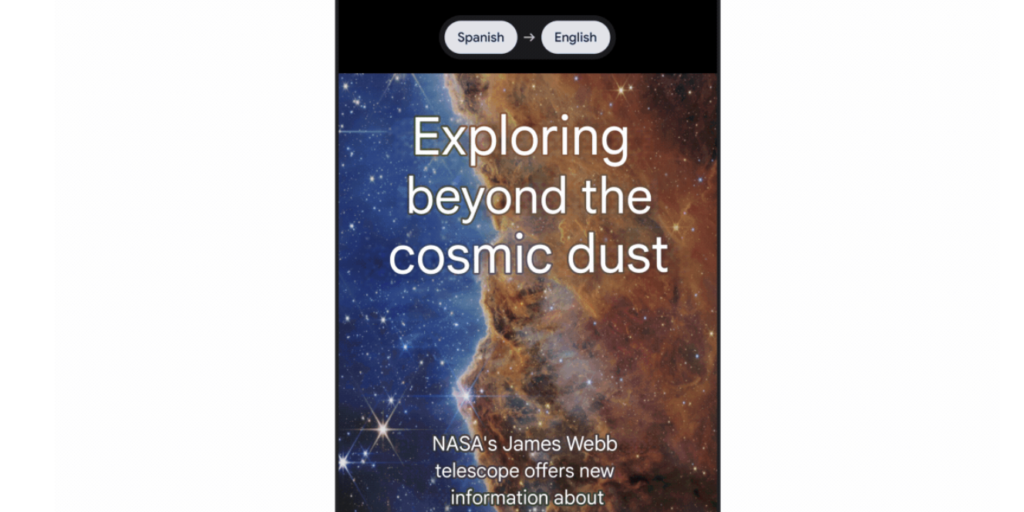
-
- Google has unveiled multiple changes to the mobile search results page.
-
- Users can search more easily with different tools to obtain relevant results for queries.
-
- The results page is getting a makeover with the integration of text, images and video over the coming months.
LISTEN
At Google’s annual Search On conference on September 28th, the company announced several key changes to how it displays search results on mobile. The updates reflect the growing tendency of users to “search and explore information in new ways.”
Google is emphasizing visual search, with greater integration of images and videos. The popularity of Instagram and TikTok among younger people as go-to sources of information underlines the importance of having easily accessible, interactive content at users’ fingertips. Google VP/GM of Search Cathy Edwards stated that the company is “advancing visual search to be far more natural than ever before, and helping people navigate information more intuitively.”
The refreshed mobile search experience is available on the Google app for iOS and will eventually be rolled out to every phone and browser. We reached out to Google for more details, but they did not provide a comment.
Google’s changes to the organization of mobile search results present fresh opportunities for law firms. Lawyers can leverage the new features of the mobile search design to reach potential clients and thrive in an increasingly visual online landscape.
Shortcuts to Search Tools
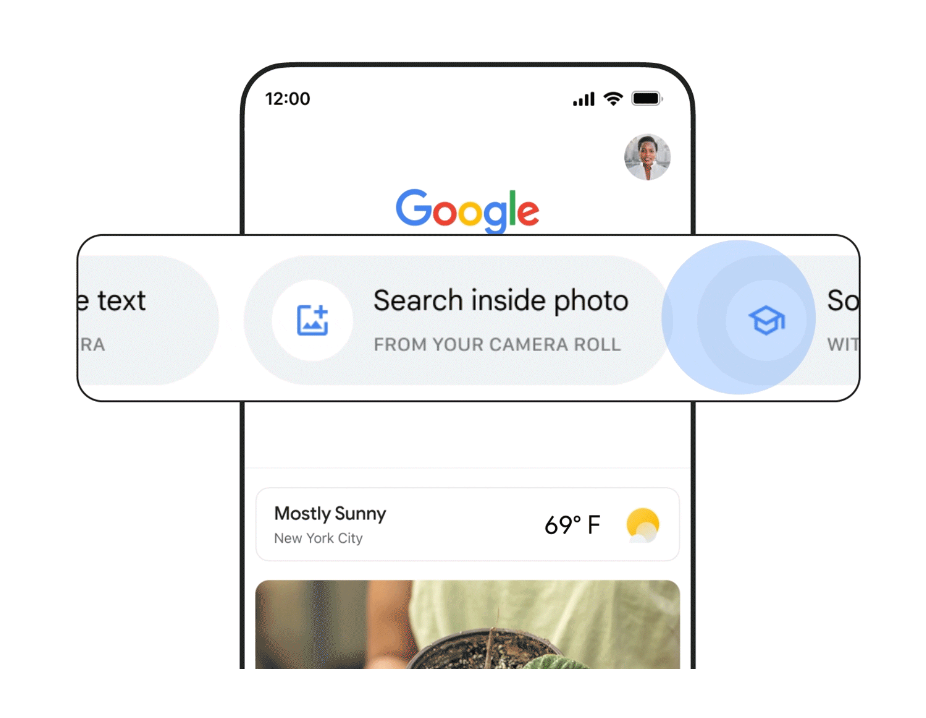
Search engine users typically type a text query into the search box. Google, however, offers many other ways to search for information, such as translating text with your camera, humming into the microphone, identifying music, shopping from screenshots and more. For example, the recently introduced Multisearch feature enables users to search with a picture and add text to it.
Google has introduced shortcuts to some of its helpful search tools. The tappable shortcuts are placed under the search box, highlighting search methods that users may have overlooked in the past. Users no longer need to type the perfect set of keywords to yield their desired search results.
Law firms can take advantage of the shortcuts feature by recognizing that images themselves are keywords. Lawyers can create more visual content with the knowledge that prospective clients may be searching with images instead of just words. Some examples include infographics showing types of birth injuries or X-rays of common car crash injuries.
Results in the Search Bar
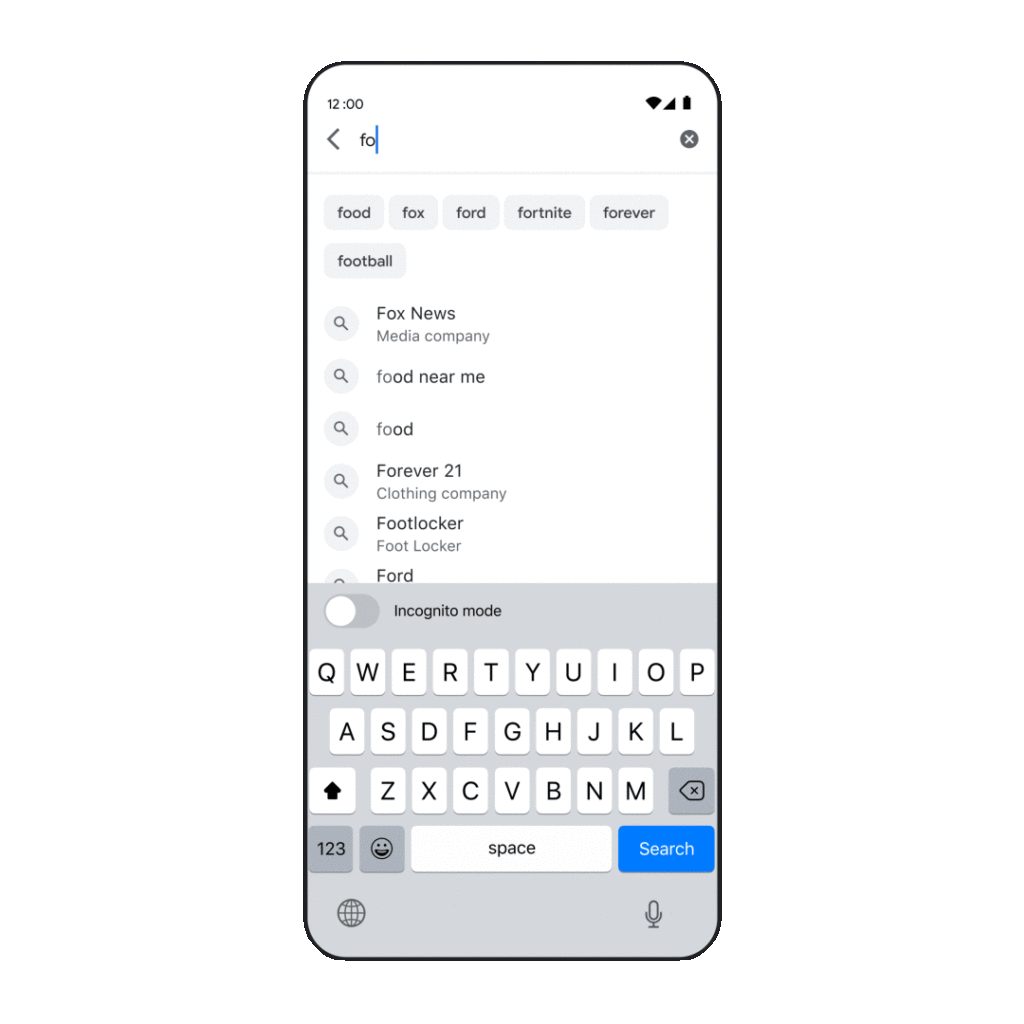
Google’s updated mobile search experience aims to be faster and more intuitive by expanding upon its existing list of auto-complete suggestions. When users start typing in the search box, the search engine will display topics or keywords before the query is submitted.
Additionally, Google is making it easier for users to find the most relevant results. Google will offer recommendations for refining a query through buttons below the mobile search box. For example, a user researching a travel destination may be presented with sub-topics like weather, history, events or things to do.
As Google rolls out this feature over the coming months, it could help potential clients refine their search for a lawyer. When a user types “lawyer” into the search box, Google can encourage them to make the query more specific by suggesting different types of law firms such as a family law attorney or a medical malpractice lawyer. The feature can help law firms get more relevant clicks on both organic listings and paid ads.
Google Web Stories
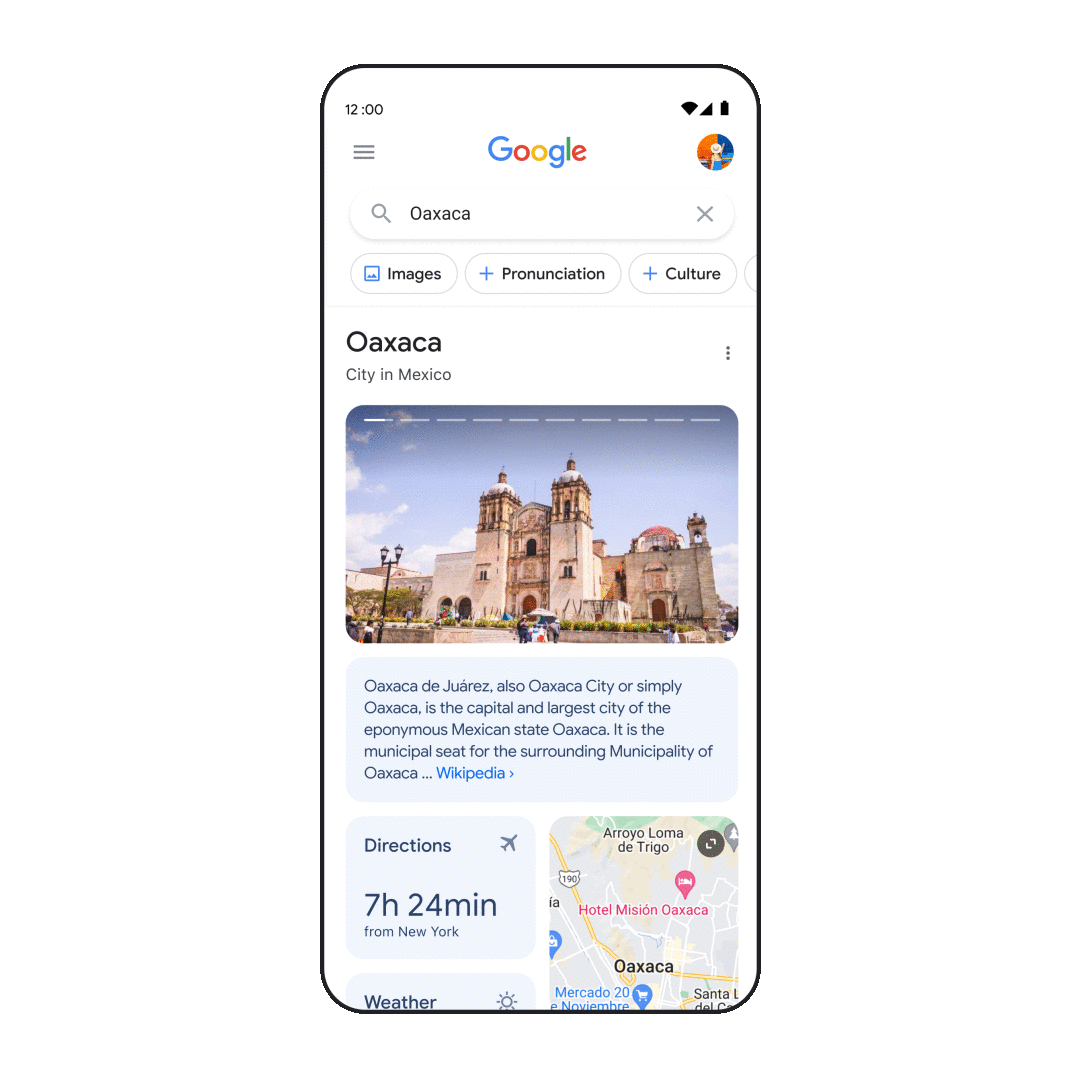
One of the most exciting elements of Google’s focus on visual content is the integration and evolution of Google Web Stories. Web Stories are similar to the slideshow format of PowerPoint presentations. Law firms can adopt this versatile mobile medium as part of a strong content plan and SEO strategy.
The interactive and visually appealing format of Google Web Stories provides lawyers with an engaging way to help users understand complex legal issues. For example, a personal injury lawyer can use a Web Story to explain the lawsuit process to potential clients or share things to do after a dog bite. Each slide can explain a step in the process, such as seeking medical attention, getting the dog owner’s contact information and contacting a personal injury lawyer. The Web Story may also include a video from one of the law firm’s attorneys.
Integrating Text, Images and Video
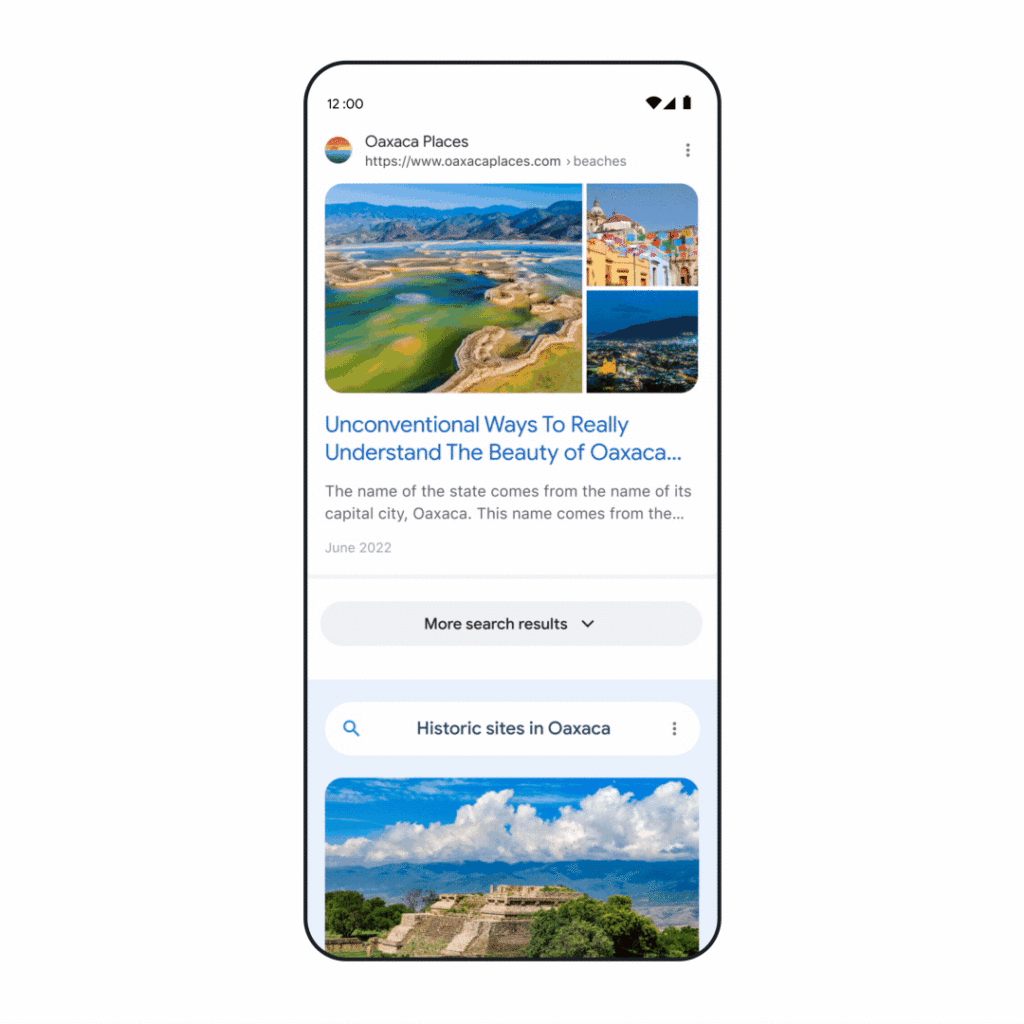
Google is leaning into the discovery and exploration aspects of mobile search results pages. While the search engine is not abandoning its classic list of links, the results page is getting a visual makeover. The text-heavy format is being replaced with colorful cards featuring a variety of media.
Users will no longer have to switch between the Web, Videos and Images tabs as all search results will be displayed on the same page. Over the next few months, the new grid-like layout will display a combination of photos and informational widgets. According to Google, the results page will highlight “the most relevant content from a variety of sources” and a range of formats. Visual content like video clips and Web Stories may be featured on the search results page.
Lawyers can prepare for this change by adhering to best practices like image tags and video schema markups, which help Google determine the relevance of visual content. Due diligence on such details can make it easier for the search engine to find and feature content like videos that might be embedded within a law firm’s website.
The visual update to Google’s new mobile search design will not affect all Google Search results immediately. The changes will start to become visible on certain search result pages, such as travel or consumer queries, in which visual content would be more helpful and relevant. Nonetheless, the new mobile features and layout present exciting opportunities for law firms to reach potential clients.
LATEST STORIES



